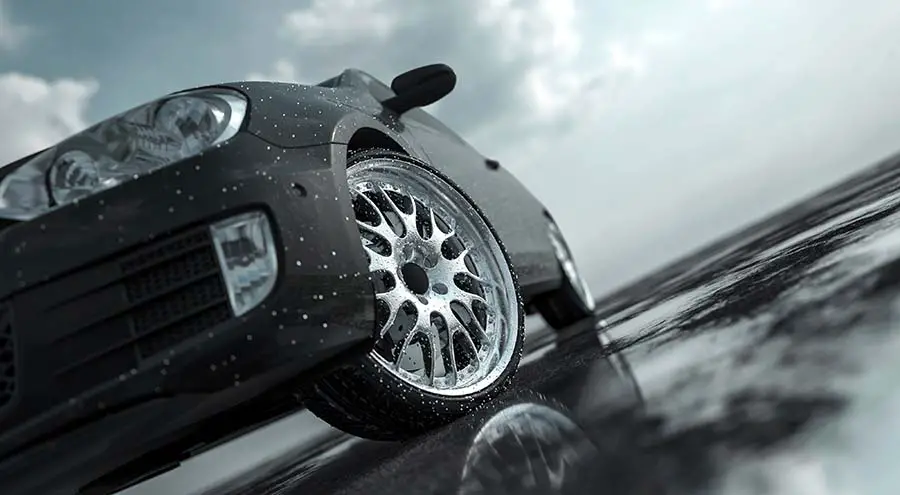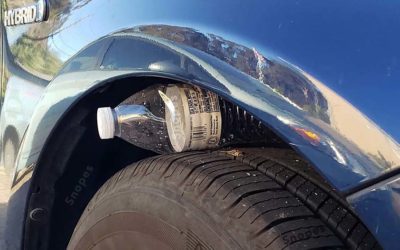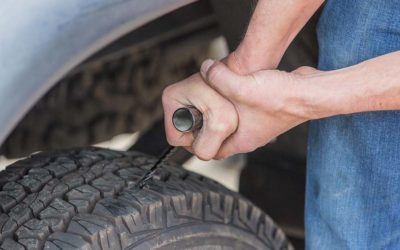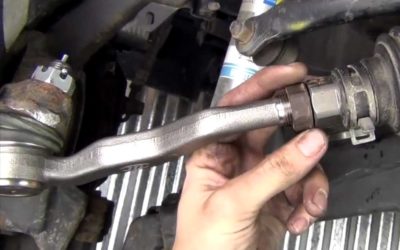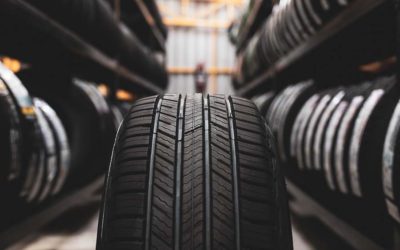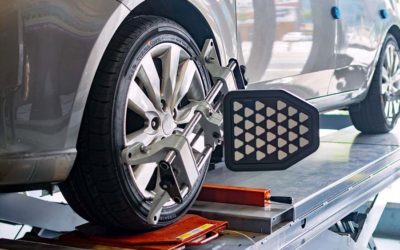Certain circumstances on the road require knowledge and skillful techniques from the driver to handle. If not, a good preparation to avoid those circumstances won’t disappoint you.
Out of many things that can happen, hydroplaning occur is one of the most dangerous and familiar to us. Carelessly ignoring this information might cost you your life. Scroll down!
What Is Hydroplaning?
Hydroplaning occurs when your tires slide or skid above the wet surface you’re driving on.
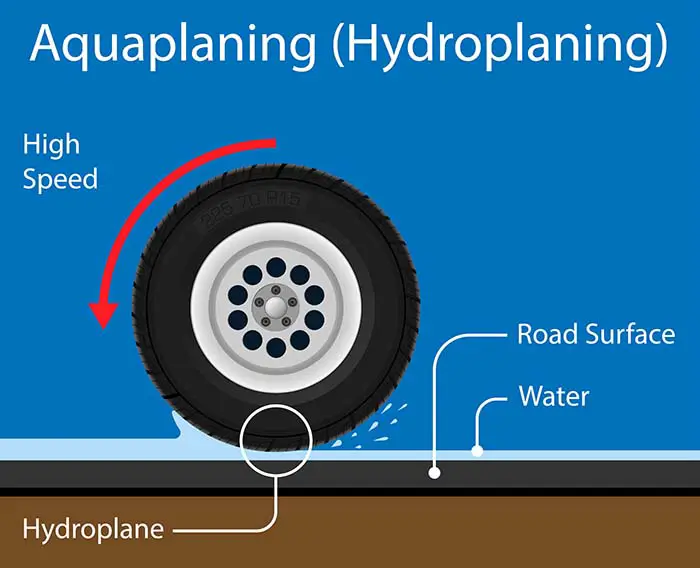
Let’s say the area has just rained (or is raining). Water is everywhere on the road, and there are even ponds around. That amount is too much for your tires to scatter.
The pressure from the wheel’s front will push water to land under your tire, creating a thin layer that separates the tire and the road. Then, your tire loses its traction to the road, resulting in less power control, braking, and steering.
Surely this phenomenon won’t just happen by you driving normally on the road on rainy days but including the intervention from speed. You will most likely face this situation while driving from 35 mph and above.
But does that mean you have to and will always have to slow down or not go anywhere in the rain? We now have rubber tires with tread to help channel the water underneath them, thanks to new tire technologies. This decreases the chances of forming the layer and increases friction, thereby preventing us from meeting up with this problem.
See more: The 10 Best Tires For Rain
When Does Hydroplaning Occur?
Here are some factors that can create a scene of your vehicle slipping on the road.
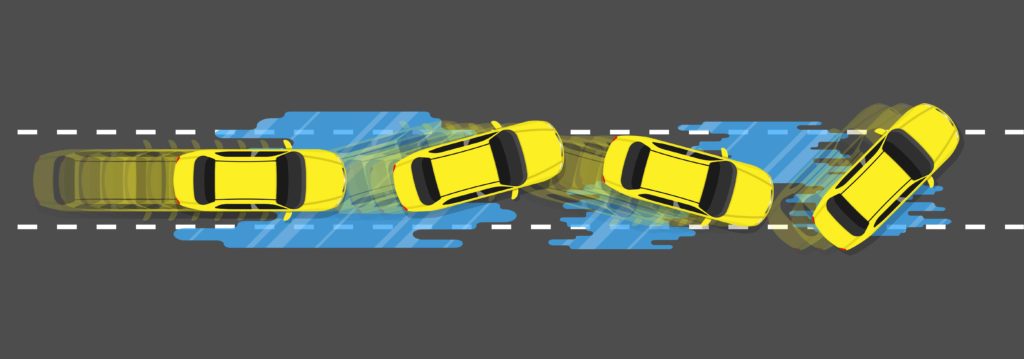
Road Conditions
Though hydroplaning is usually caused by any wet conditions on the surface, you might be surprised by how light rains are even more dangerous.
During the first ten minutes of rain, the rainwater mixes up with the road’s oil residue, creating a slippery condition everywhere under the rain. That’s how it’s light but dangerous.
The rainwater might lift to higher than 1/10th an inch as time goes by, worsening the driving condition. It would be much better if the street’s drainage could be quick.
In case the weather is then snow, ice, rain, or fog, it can only get worse, and chances for a vehicle accident dramatically increase. Especially if there is blinding snow or pounding rain, decreasing the drivers’ views.
Vehicle Speed
The faster you drive, the less time for your tires to evacuate water. It would help to slow down to a speed of lower than 35 mph when it’s raining, or the condition is slippery and wet.
Tread Depth
This factor can be a game-changer once you consider it well. It can greatly resist this scenario. However, when it is worn down, the depth decreases, let’s say, to about 2/32nd an inch and less, there seems to be little to no effect.
Make sure you check on your tires frequently and replace those worn tires to have a safe drive anytime.
Vehicle Weight
The heavier car can resist better since that weight helps force the water out better than the lighter one.
How To Avoid Hydroplaning?
There are always precautions to take to avoid getting harmed. Let’s see what can you do with your tires to prevent the situation:
- Have a little checkup on them every month. Ensure the depth of your treads is in great condition.
- Inflate them properly to decrease the possibility of hydroplaning. Ensure your babies are always matching the manufacturer’s recommendations on pressure.
- Balance and rotate them when needed. It helps preserve your tread.
If you are driving on wet roads, do these things:
- Slow down to 5 to 10 mph or less. Avoid driving on standing water and puddles.
- Outer lanes often collect more. So, avoid them, too.
- Follow the other vehicle’s tire tracks. That track has less water since the previous vehicle has collected them.
- Get rid of your cruise control now. Use manual control to focus on the road.
- Decrease your gear.
- Don’t brake hard.
- Don’t turn quickly or sharply.
- Keep a good distance from the car ahead of you.
Then, what if you accidentally find yourself in a hydroplaning, what should you do? Don’t turn your steering wheel in the opposite way to the direction that your vehicle is sliding. This is a common mistake. It’s wise to turn toward where you’re sliding.
Conclusion
The above advice regarding hydroplaning occur is not hard to follow. You just have to pay more attention to your four-wheeled friend so that it can protect you and everyone on the street properly. Have a good and safe drive!

